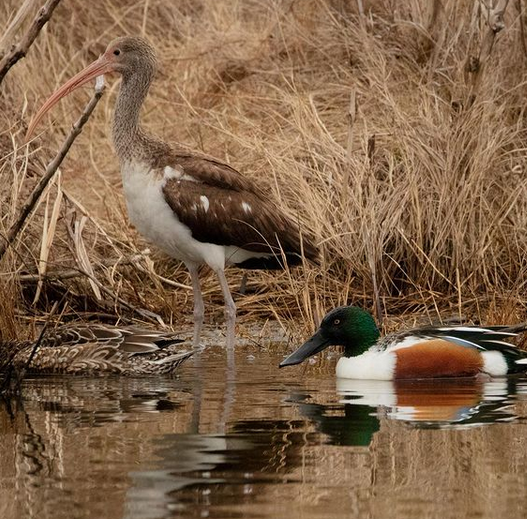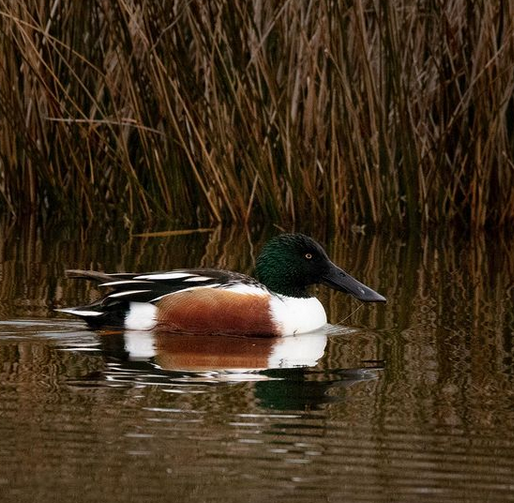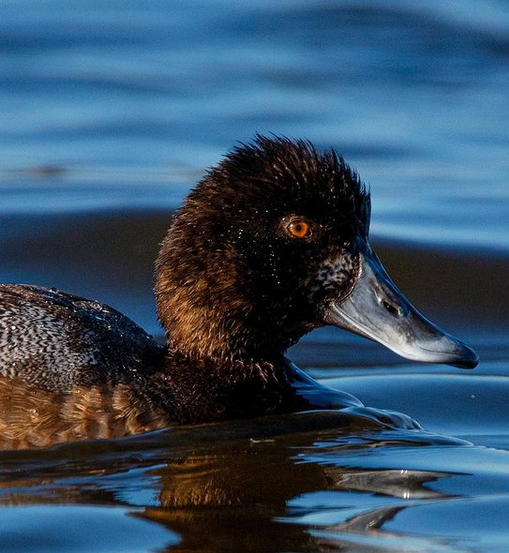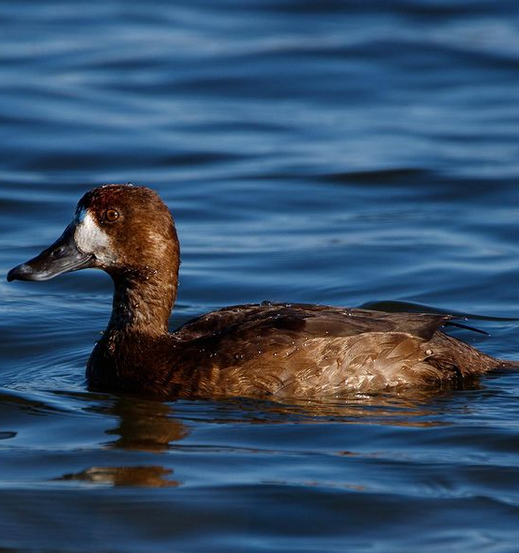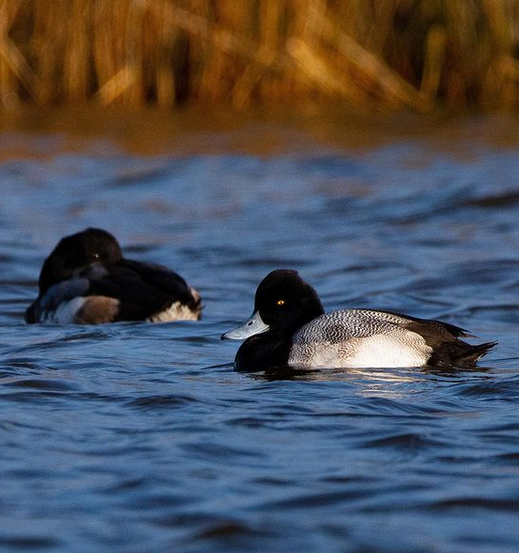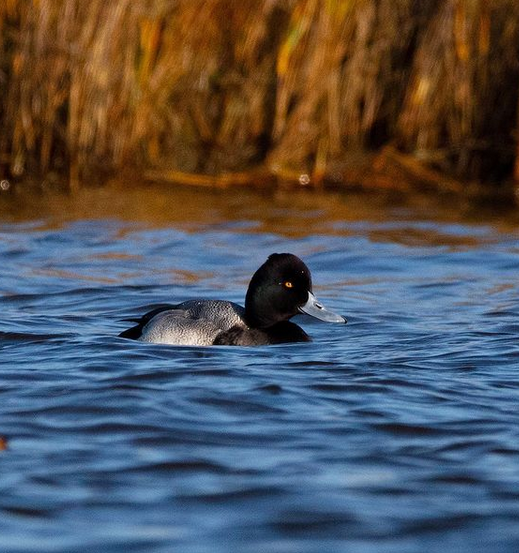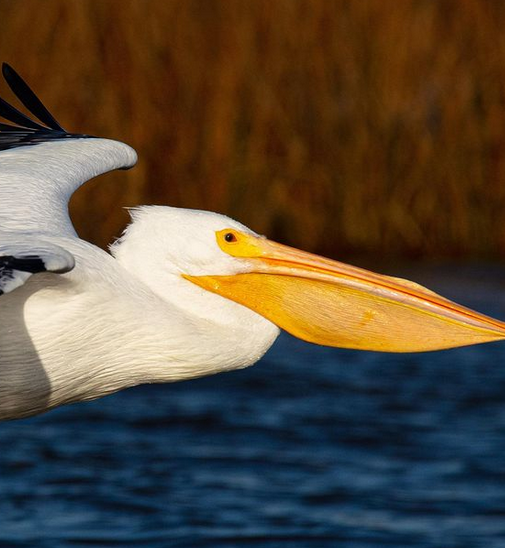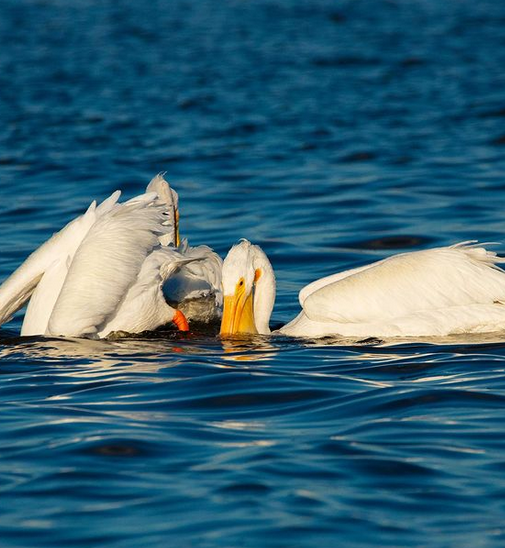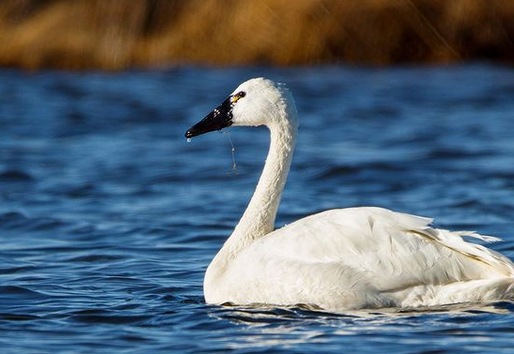One of my favorite moments during the Pea Island NWR birding trip was finding these Snow Geese on the shoreline of the South Pond.
After no sightings of these beauties throughout the morning, I’d just about given up hope that I’d find some which was kind of disappointing. Still, we all had seen some lovely birds that day so it wasn’t a major let down.
Later that day, I was enjoying the Northern Shovelers with my guests when in the distance, a large flock of birds caught my eye as they came in for a landing.
They appeared as tiny specks on the horizon but as soon as I put my 600mm lens on the flock, I instantly knew that finally the Greater Snow Geese had arrived!
I quickly gathered up the group and we drove a little further south to where I’d seen the birds touch down.
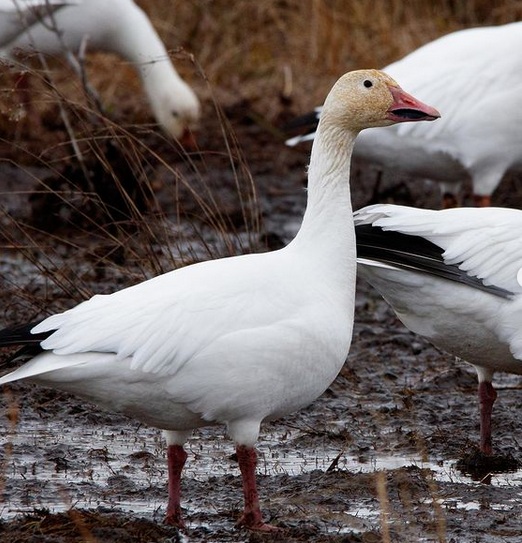
Wow! It was so worth it to drive a few minutes because when we pulled off of the road to get a better look, we found a couple hundred of the Geese foraging in the mudflats right next to the hyway.
It was absolutely thrilling to be so close to these gorgeous birds and better still, to see how happy the group was with this encounter!








The Greater Snow Goose is a wintertime visitor to the coastal regions of North Carolina and are often found in great numbers (by the thousands!) at the Pungo Unit, Lake Mattamuskeet and right here at the Pea Island NWR.
Interestingly, only one population of Greater Snow Geese exists in the world. In addition, the species movements as a whole is almost entirely confined to the Atlantic flyway of North America.
Greater Snow Geese breed in the Canadian High Arctic, and on the western coast of Greenland. This makes the Greater Snow Goose one of the most northerly breeding geese in the world.
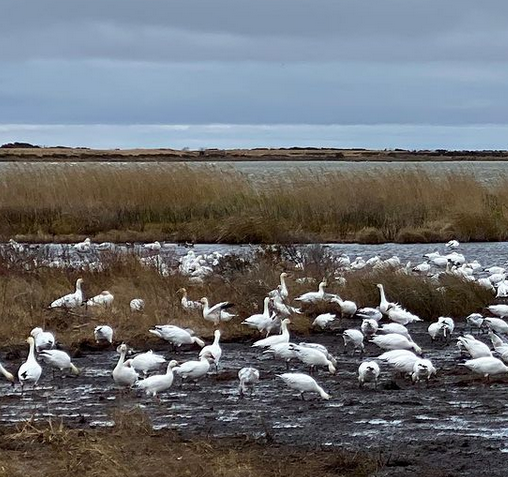
They will only be here in N.C. through late March before they make the trip north again so it’s likely that you’ll have to wait until January too see them again 🙂
Photos by @sally_siko of @birdwatching_nc on the fabulous full frame @canonusa
#5Ds

